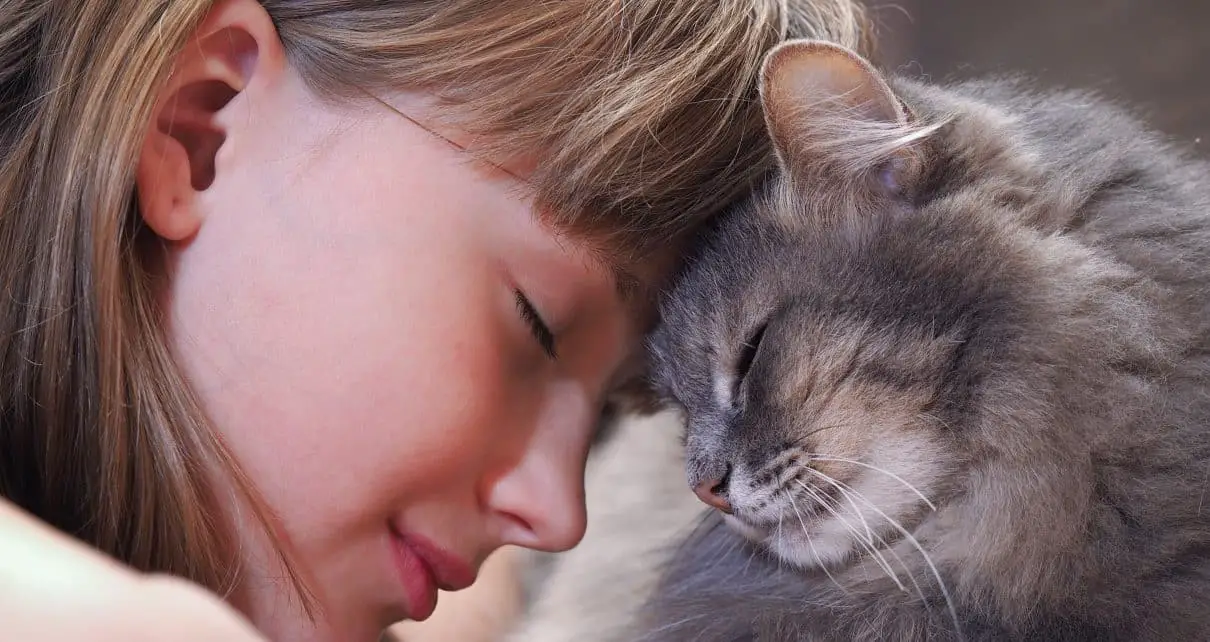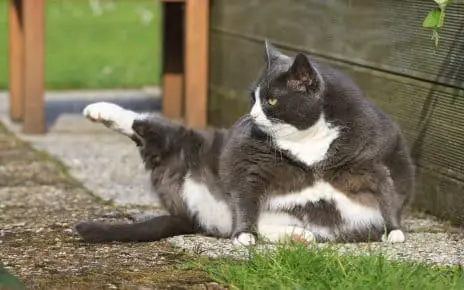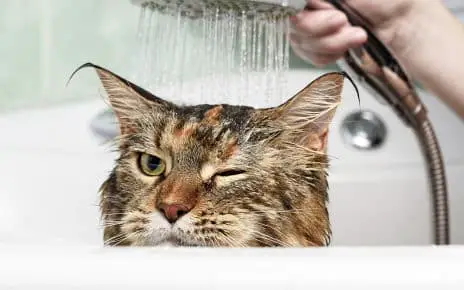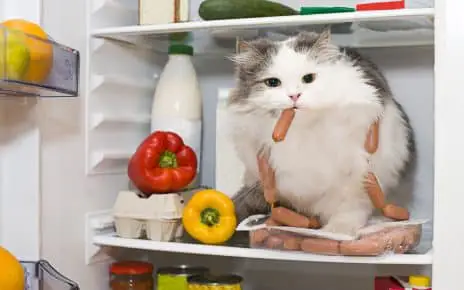Forget the empirical research; cat owners have been hailing this particular truth for decades – nothing beats the restorative power of a warm, comforting, cuddly, furry purrrrrring from a loving feline.
As ever, though, science is only just catching up with the world of cat-love, finally putting some hard evidence behind the crazy claim.
Are you a disbeliever? Starved of purring cats? Need more convincing? Then read on for eight healing benefits of cat purrs!
Purring relieves stress
Let’s not lie to ourselves here, there are times when owning a cat can be a pretty stressful experience ? they’re unpredictable, moody teenagers at the best of times. But, as any lover of the feline will know, the rewards far outweigh the bad days.
Research now shows that spending time with, playing with or simply petting a purring, contented cat can be a fantastic reliever of stress. This actually works for both of you, as it’s long been known that cats purr to calm themselves down, too.
A long day at work? Have a lie down with your kitty and drink in those purrs.
Purrs lower blood pressure
This benefit is basically a hugely advantageous knock-on effect of the stress relief factor. Some tests have found that interacting with a pet, and in particular a purring cat, can be analogous with the effects of a long period of meditation.
The comfort of a purr lowers blood pressure, pulse rate and breathing; lulling you into a more tranquil state of mind and body. Naturally, the more common this practice is, then the lower your blood pressure will be over time.
Yes, I am making excuses to spend the day lazing around on the couch with my cat. What of it
Improved cardio-vascular health
The knock-on effects and associative benefits don’t end there. Research which found that purring cats can lower blood pressure also went on to claim that this benefit can lead to improved cardio-vascular health and, by association, lower the risk of heart diseases.
This is particularly prevalent amongst older cat owners ? but does, of course, mean that you need a regular intake of those purrs.
This could be bad news if your cat is a sullen, moody creature. Maybe you can guilt-trip it into purring for you? Or just try these tried-and-tested methods to make your cat purr.
Purrs to speed up healing
Predominantly, the physical side of purring’s healing factors is to do with the vibration frequency of the purr itself, rather than any mental or emotional response to it.
For example, when a cat purrs between the frequencies of 25 and 50 Hz (or 100 and 200 Hz) ? there is evidence to show that this can speed up bone repair, health and strength. Think of it like a delicate, furry massage filtering through your body.
Or an interactive hot water bottle? That’s not bad, actually. Hey, listen, I have a great idea for a new business. Do you have ten minutes to talk about funding
Purring reduces swelling
It’s been common knowledge amongst health practitioners and scientists for decades that particular frequencies and consistencies of vibration can act as a catalyst over the body’s natural anti-inflammatory processes.
Sprained ankles, joint pain, swelling over injuries ? just stick a warm, rumbling cat on em!
Further still, there’s also reason to believe that this healing aspect of the purr can improve muscle, tendon and ligament injuries and repairs, too.
If only someone could just rent purring cats for big league sports games, all those athletes would be in much better shape? That’s not bad actually. Hey, listen; I’ve just had another great idea for a business? Where are you going
Purrs help you breathe better
Purring has been found to aid respiratory issues (dyspnea/dyspnoea in particular). Again, this particular benefit applies to both the cat itself and the human body. In a study carried out way back in 1972, findings also found that the frequency of lung tumors in dogs suffering from myocardial necrosis was 1.24% compared to 0.38% for cats with the same condition.
The paradox is that the fatter your cat is, the harder it is to breathe when they park their bovine backside on your chest; but we all know a chubby, well-fed cat is likely to purr more often. It’s a cat-22 situation.
Purring combats depression
One of the key factors of depression is a feeling of loneliness and isolation; this feeling can be amplified when coming home to an empty home, or worse, a home with an unhappy pet to spread that misery around.
However, studies have often found a correlation between pets and improved mental states in general and even more so when in the company of a purring cat. They say misery loves company, but I think it’s much more likely that a happy cat loves it more.
Purrs provide general pain relief
Although we’ve already highlighted the anti-inflammatory aspect of the purr (which can go huge distances in reducing pain from injuries), studies have shown that the vibration itself lowers pain for around 82% of those suffering from chronic or acute pain.
Not only that, but the frequent vibrational treatment has been linked to an increase in tissue growth and improved circulation throughout the repaired area.
It’s no wonder you’ll hear that distinctive deep rumble whilst your resident feline licks their wounds after a scrap with an arch-nemesis.
Now, of course, nobody is suggesting that simply curling up in the fetal position next to your much adored kitten is going to bring about sudden and startling healing effects. All usual methods of medical treatment should still be undertaken? Just make sure to get a repeat prescription for cat purrs, too!



